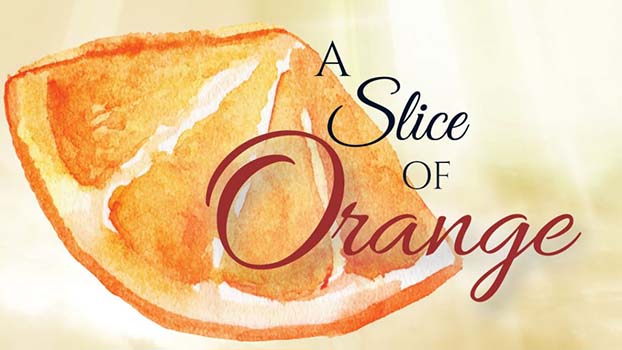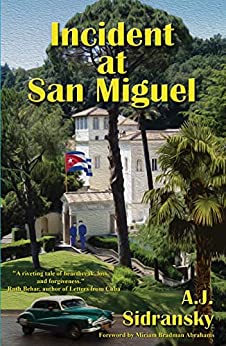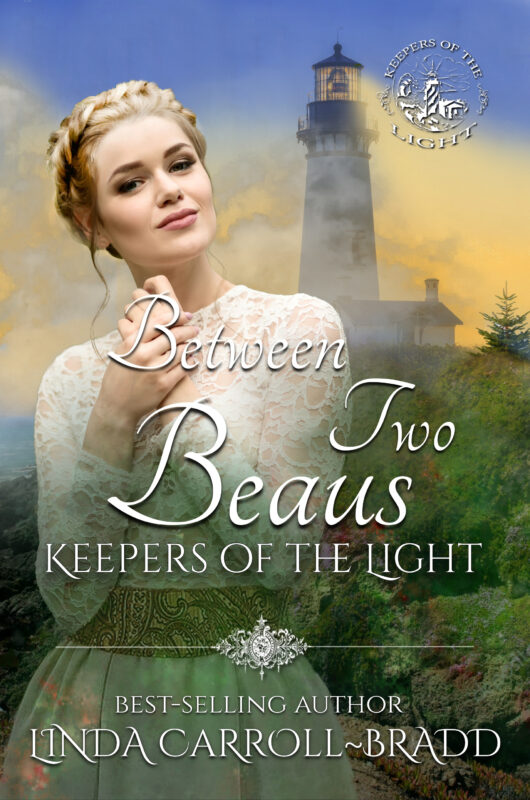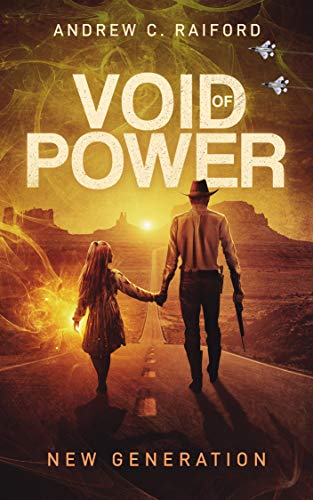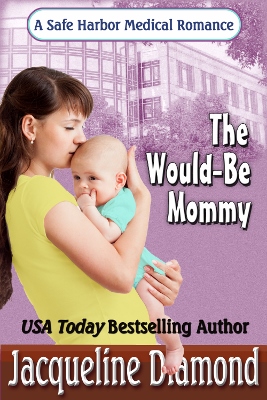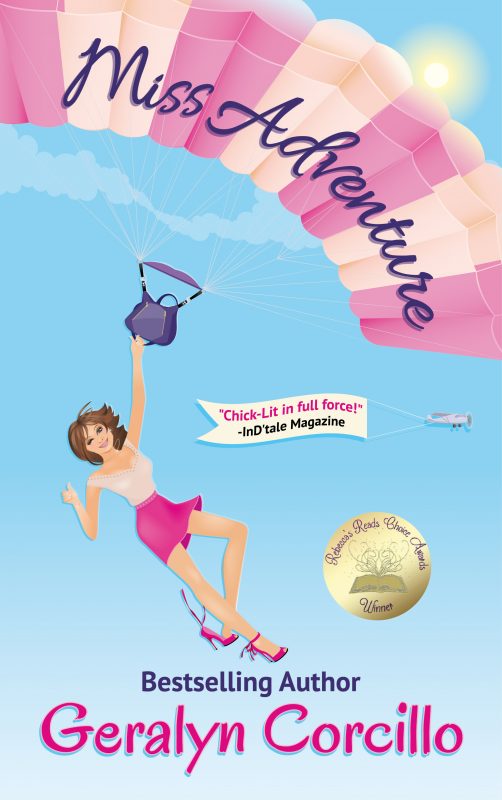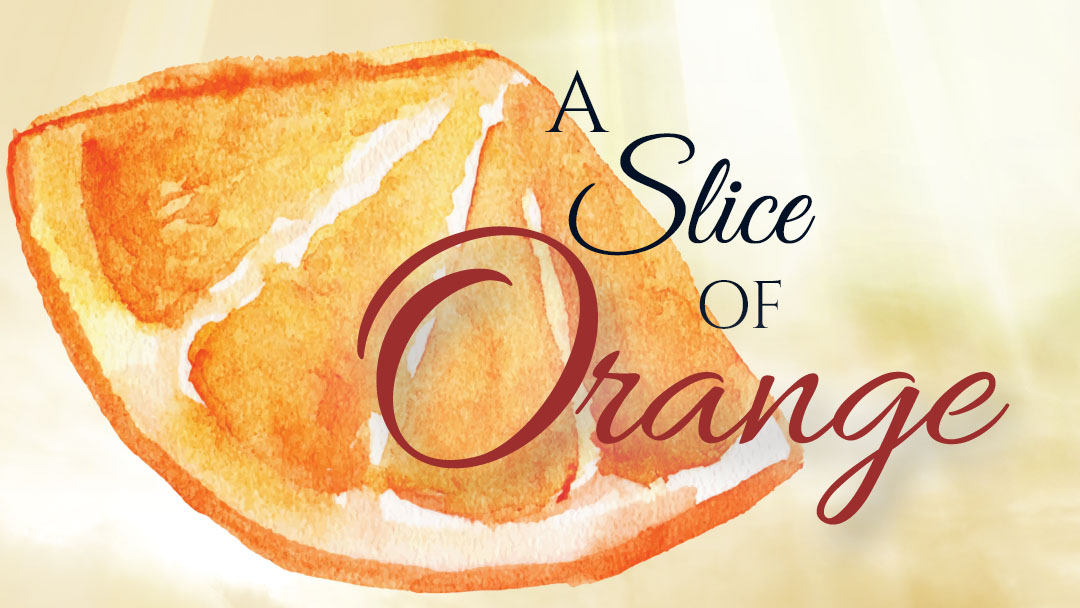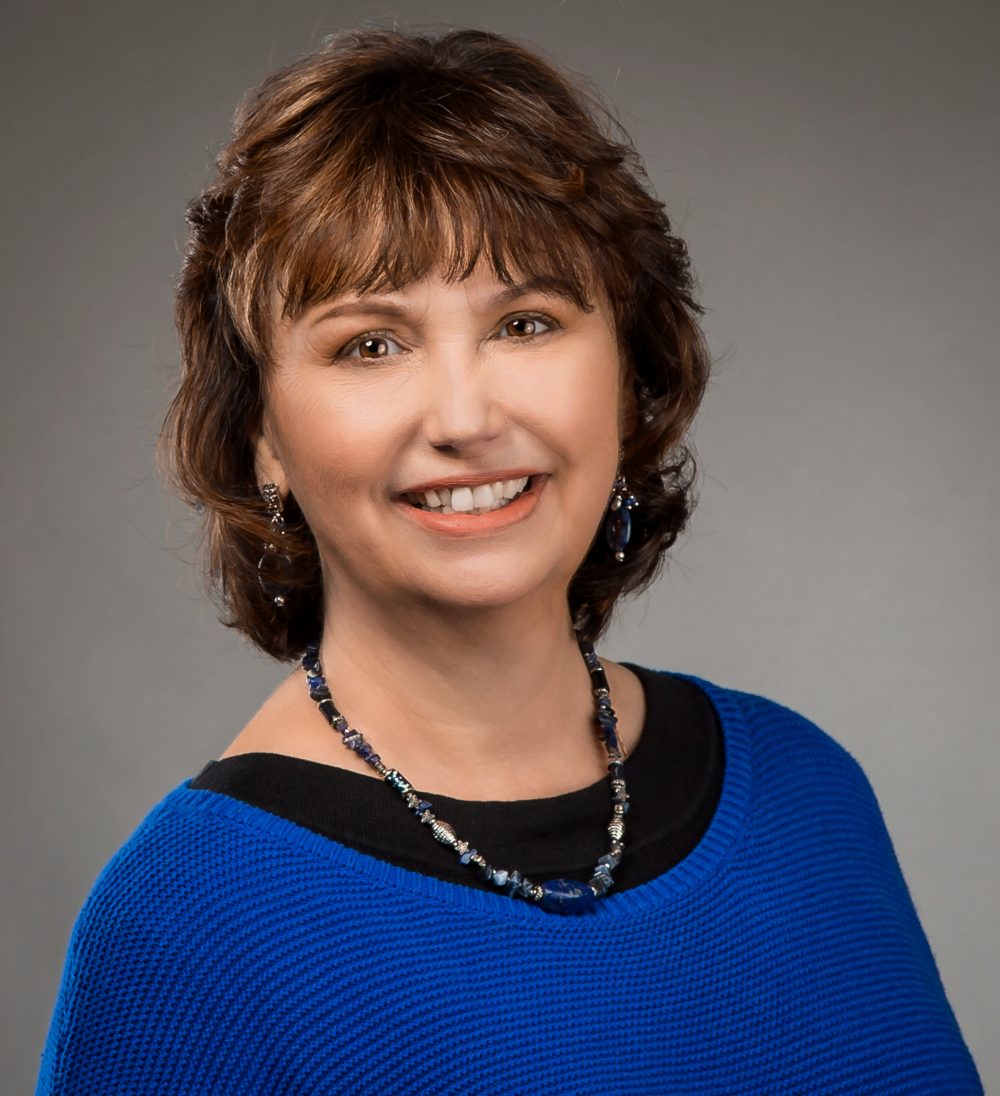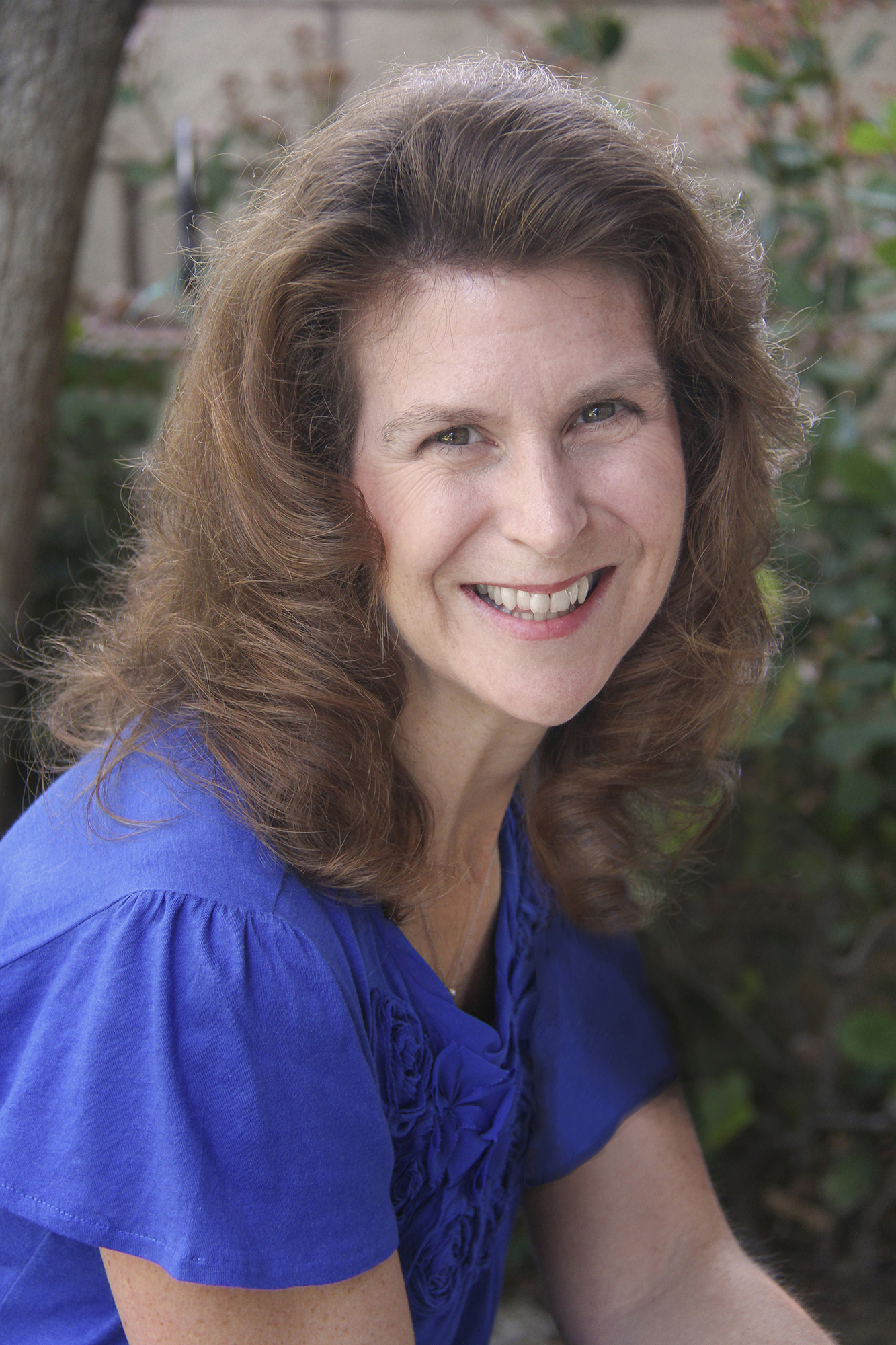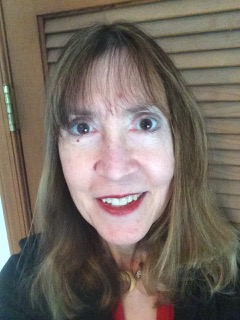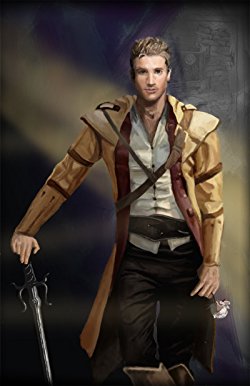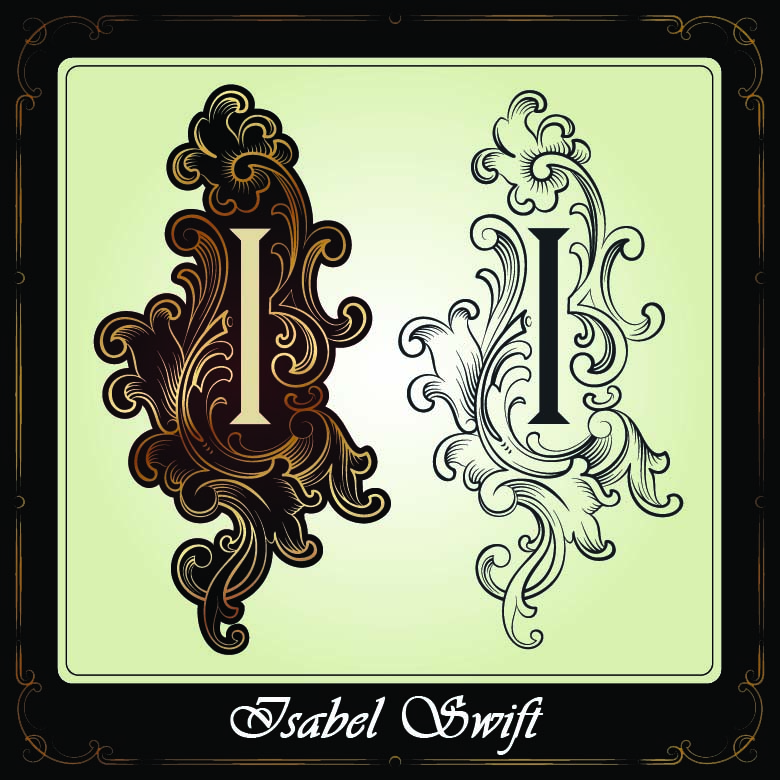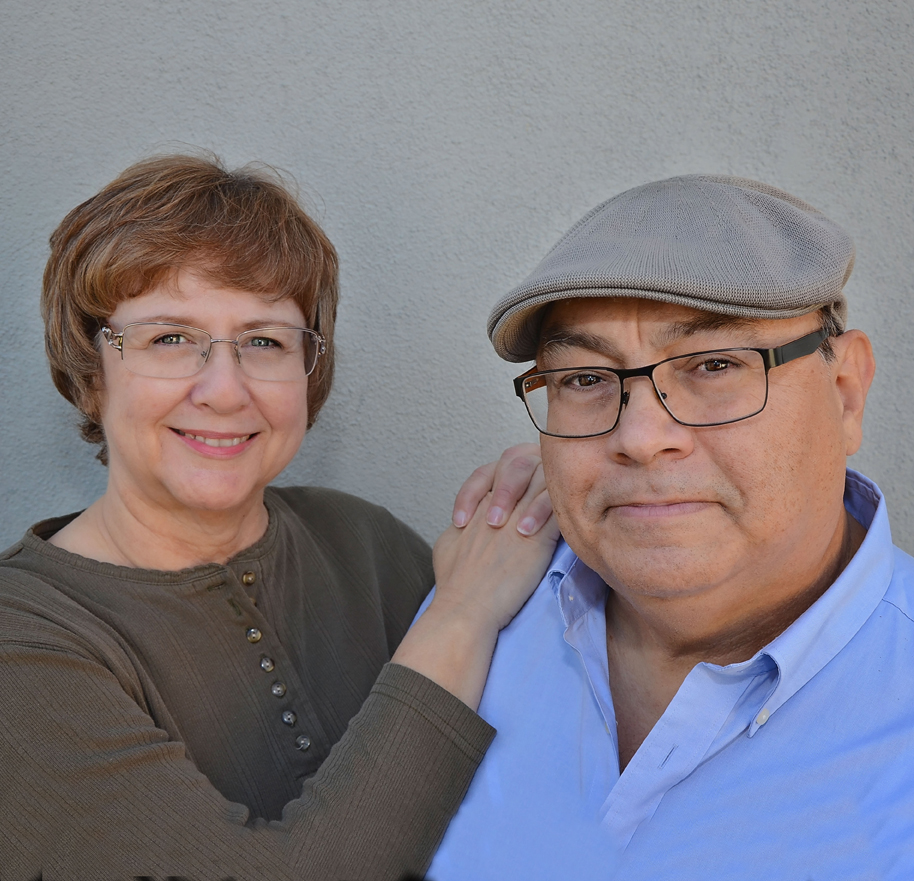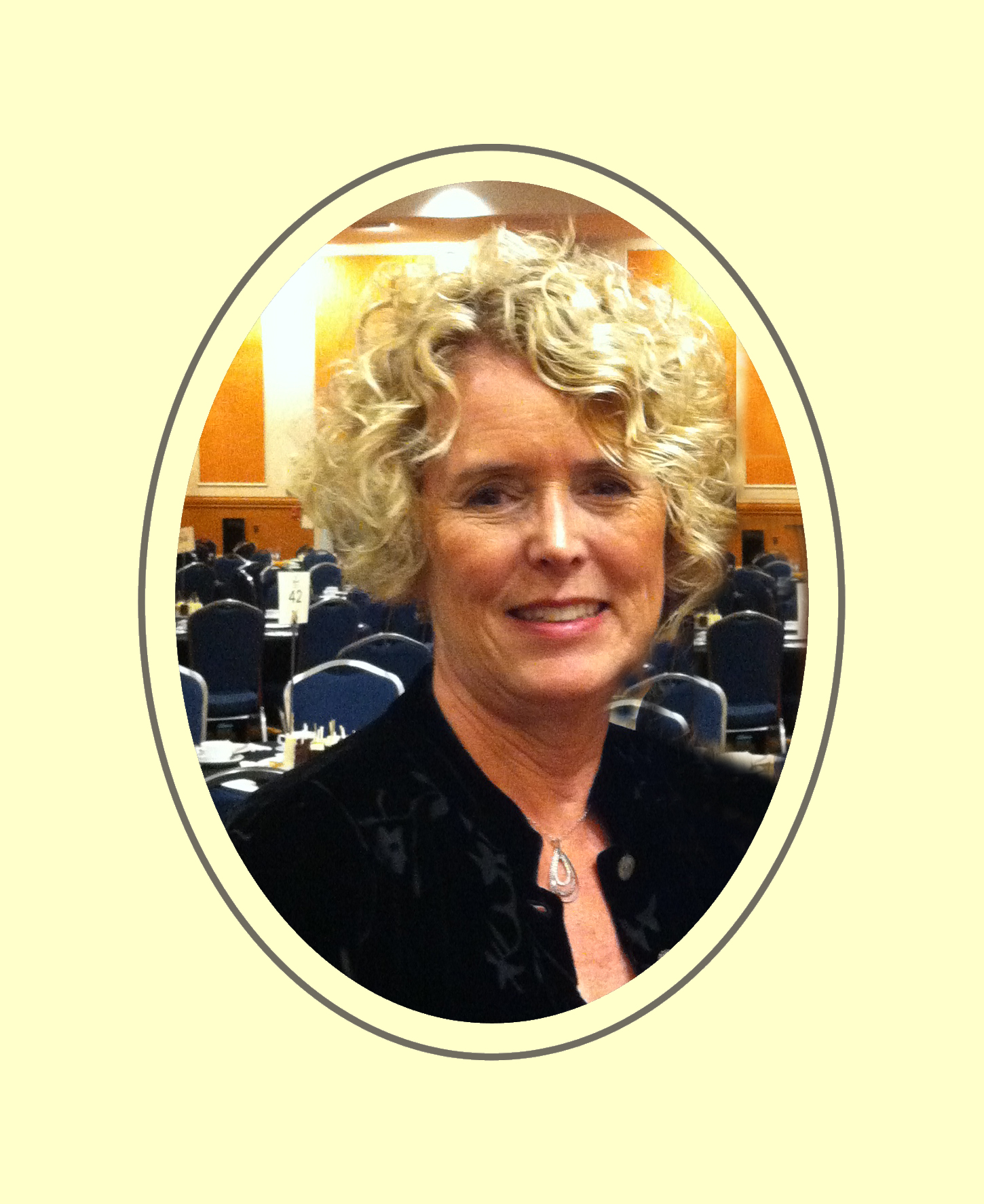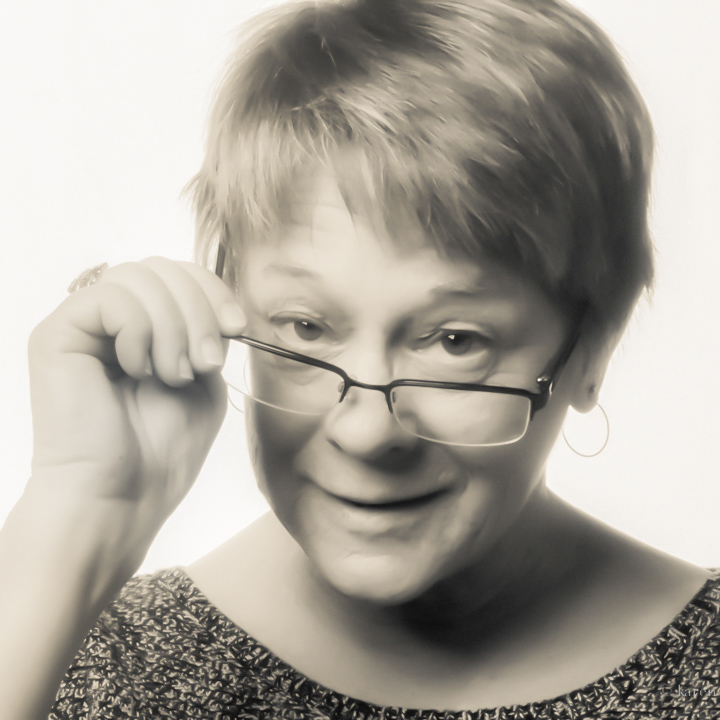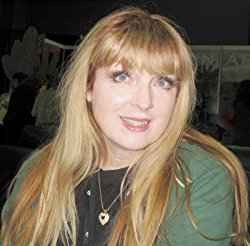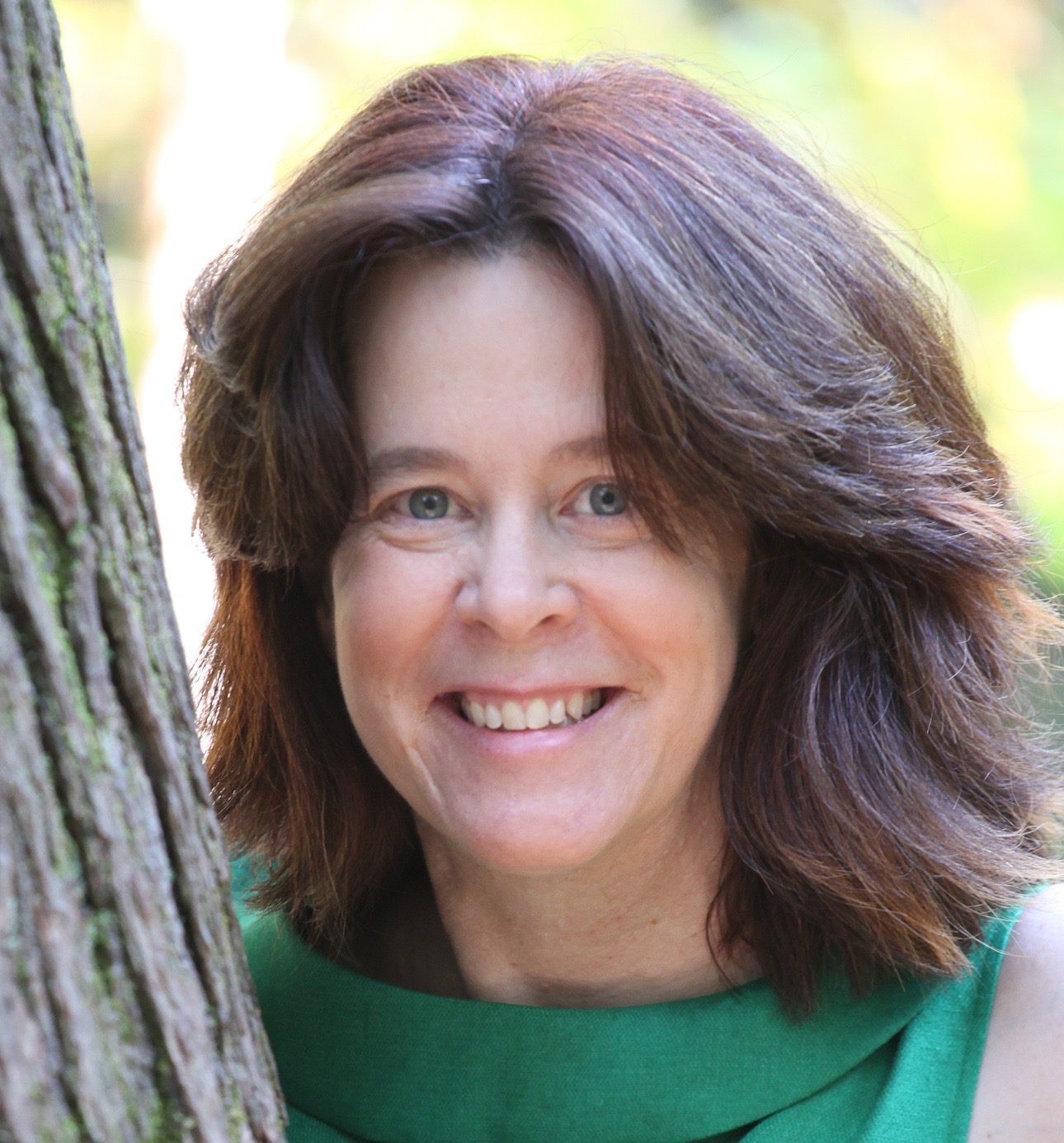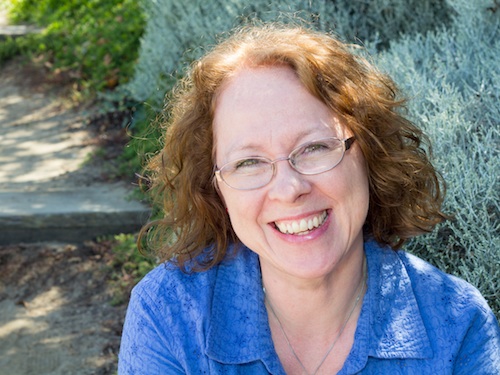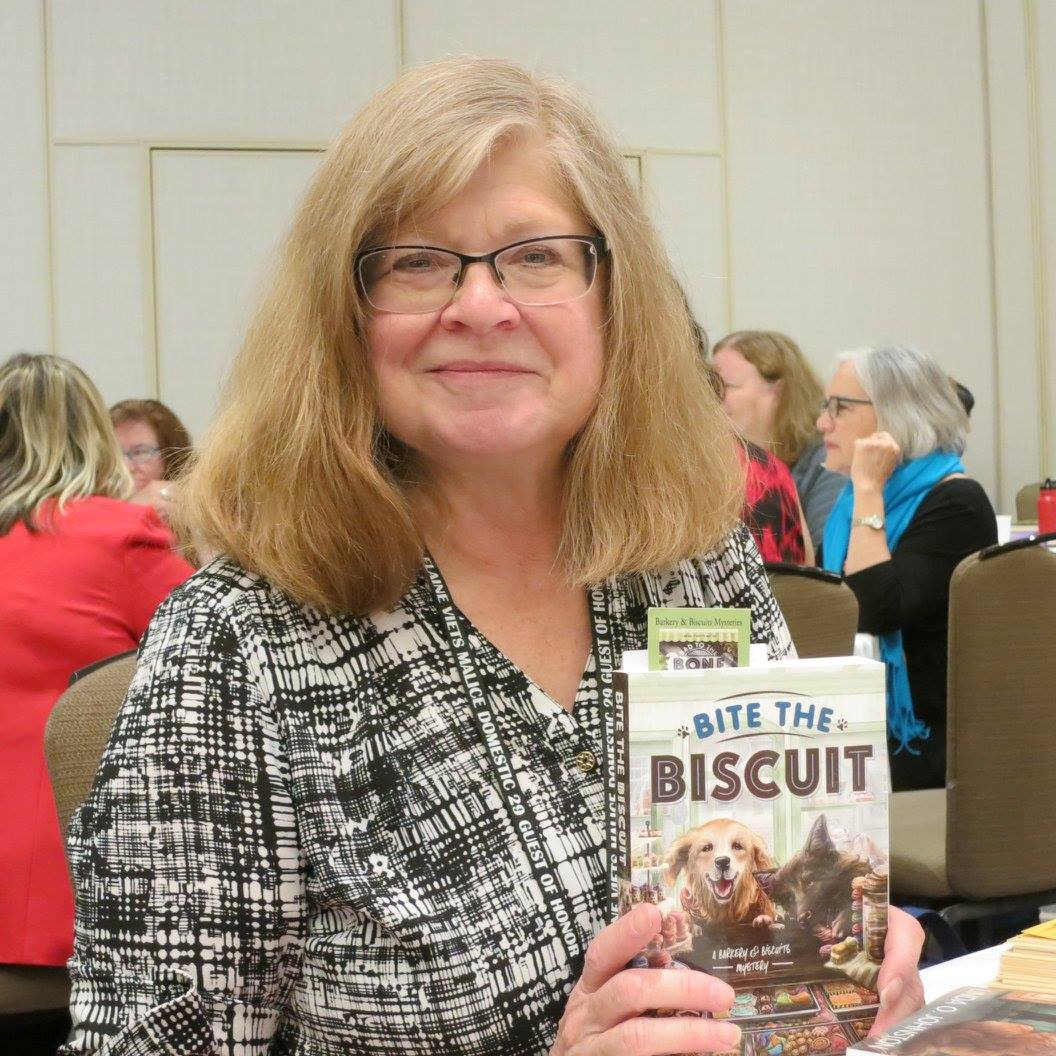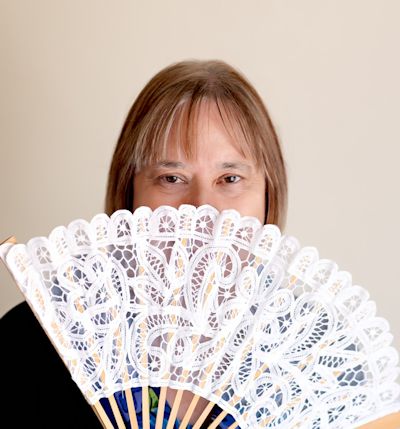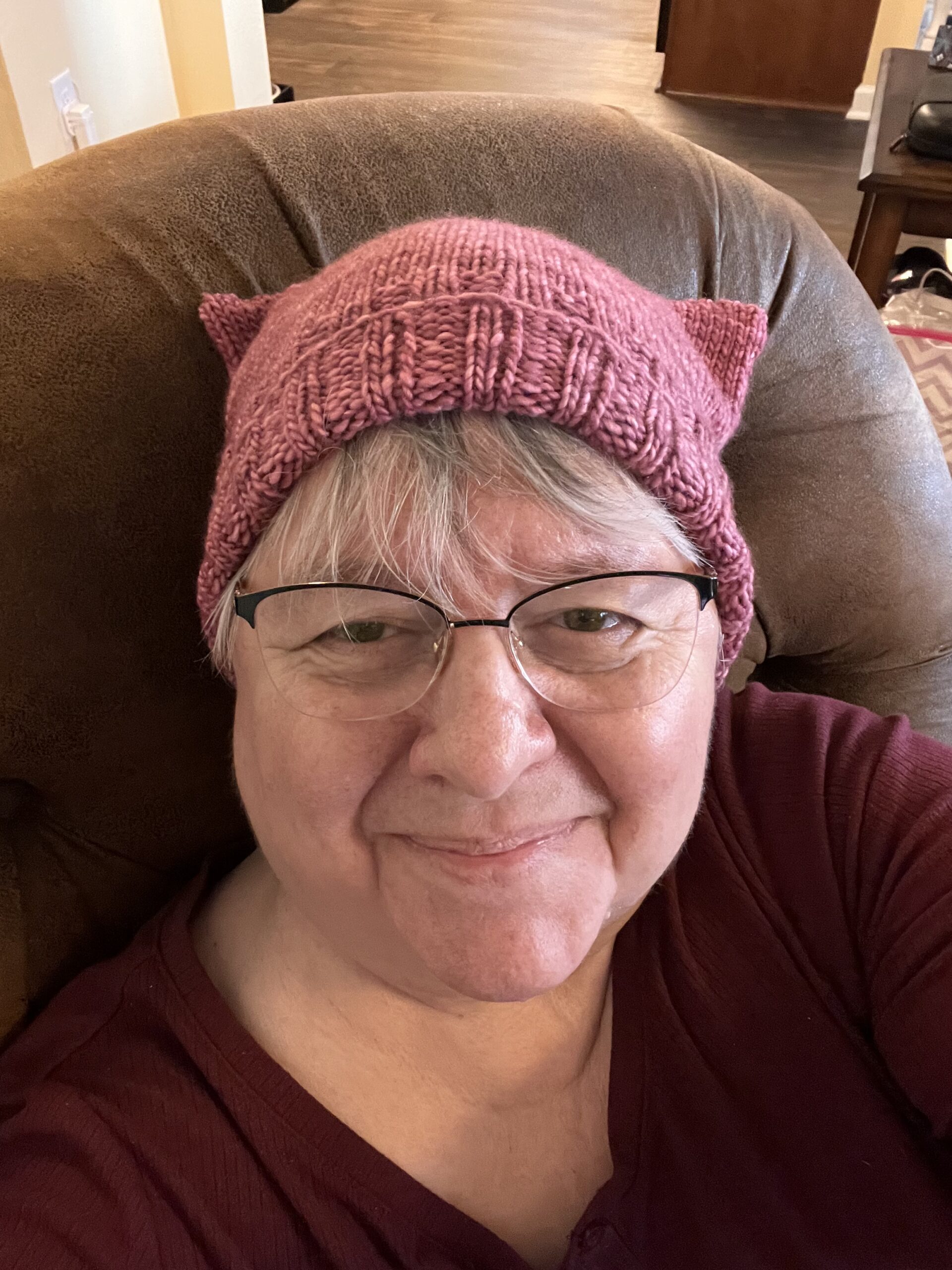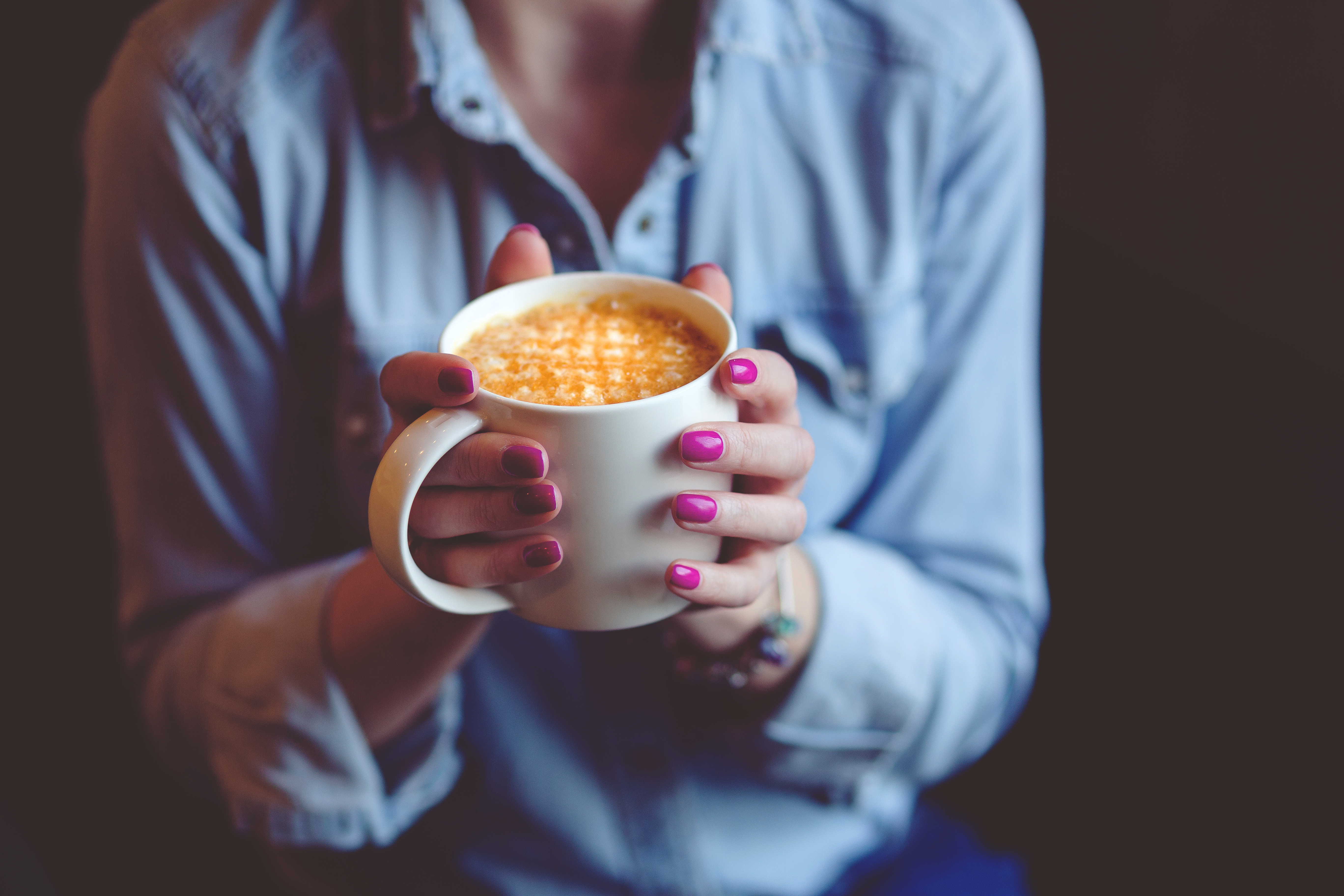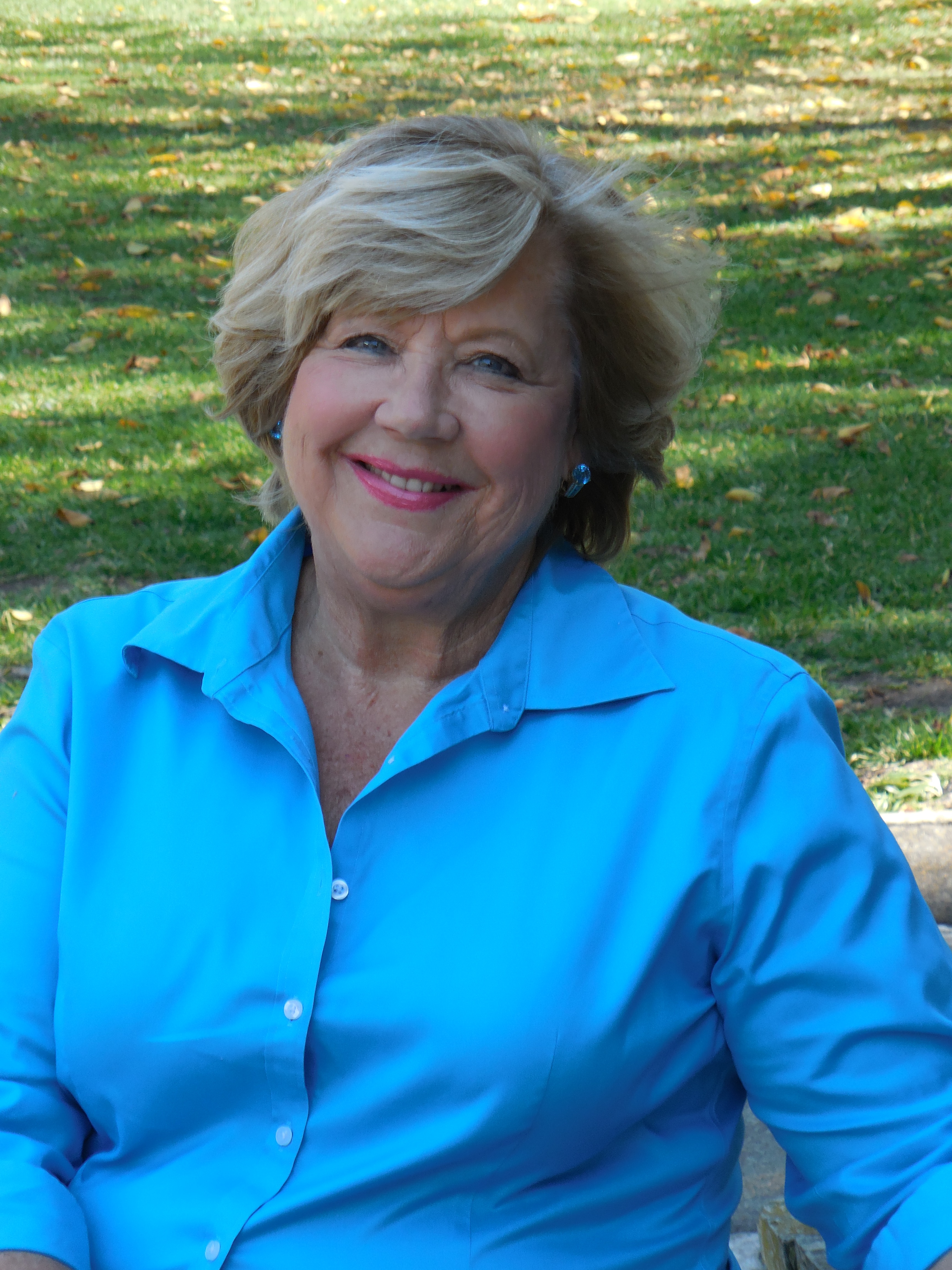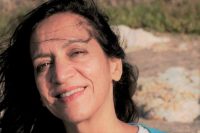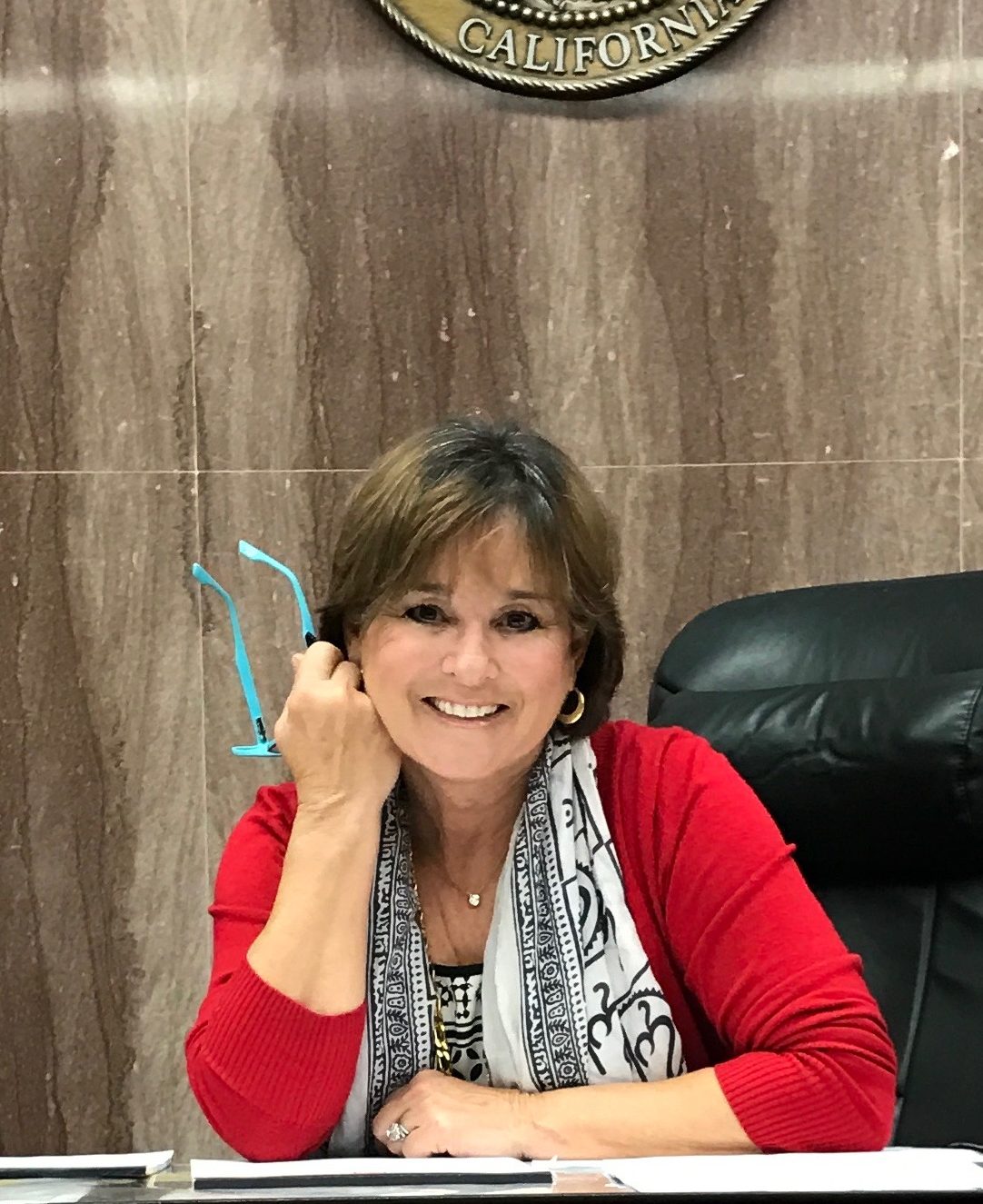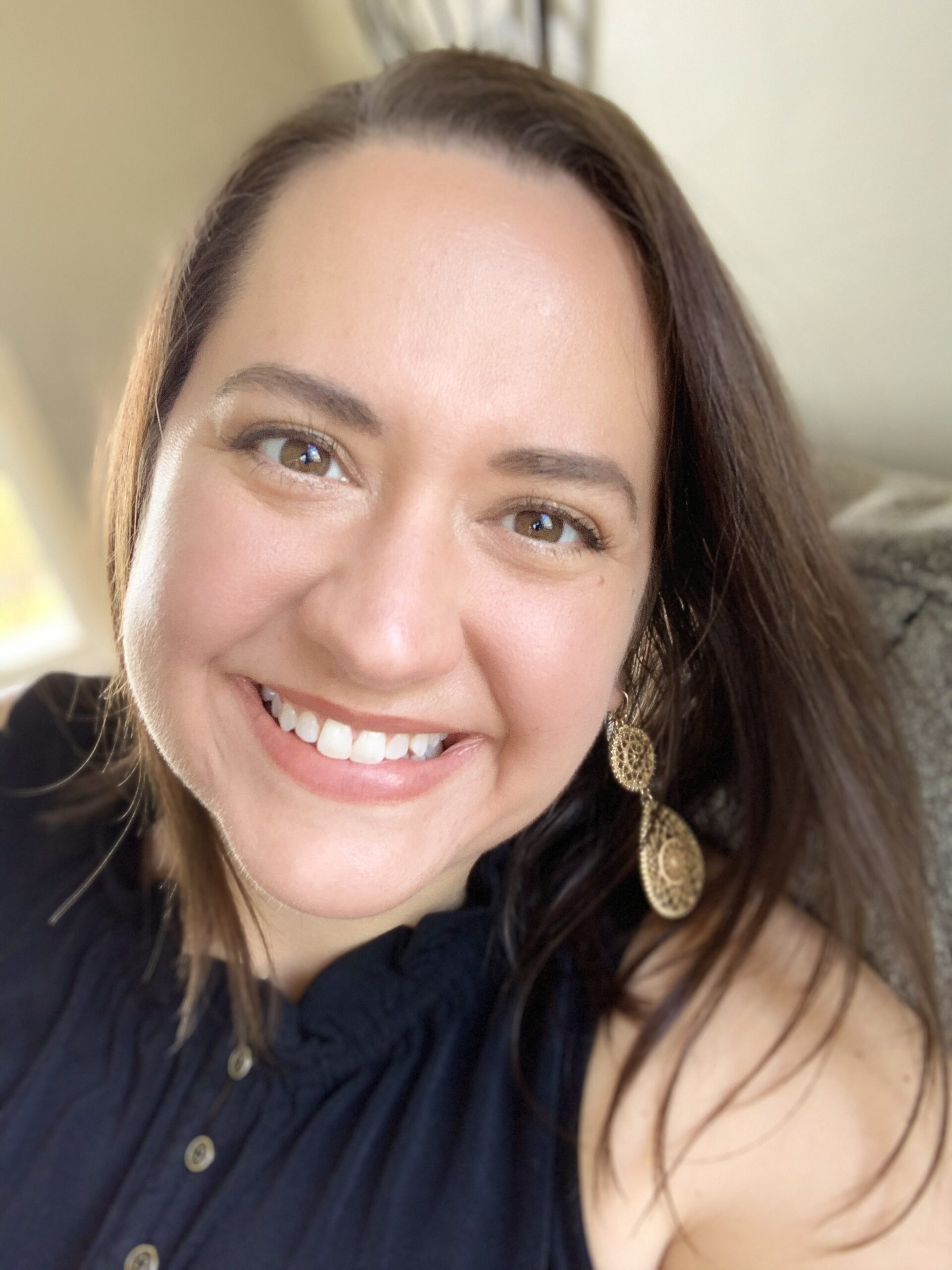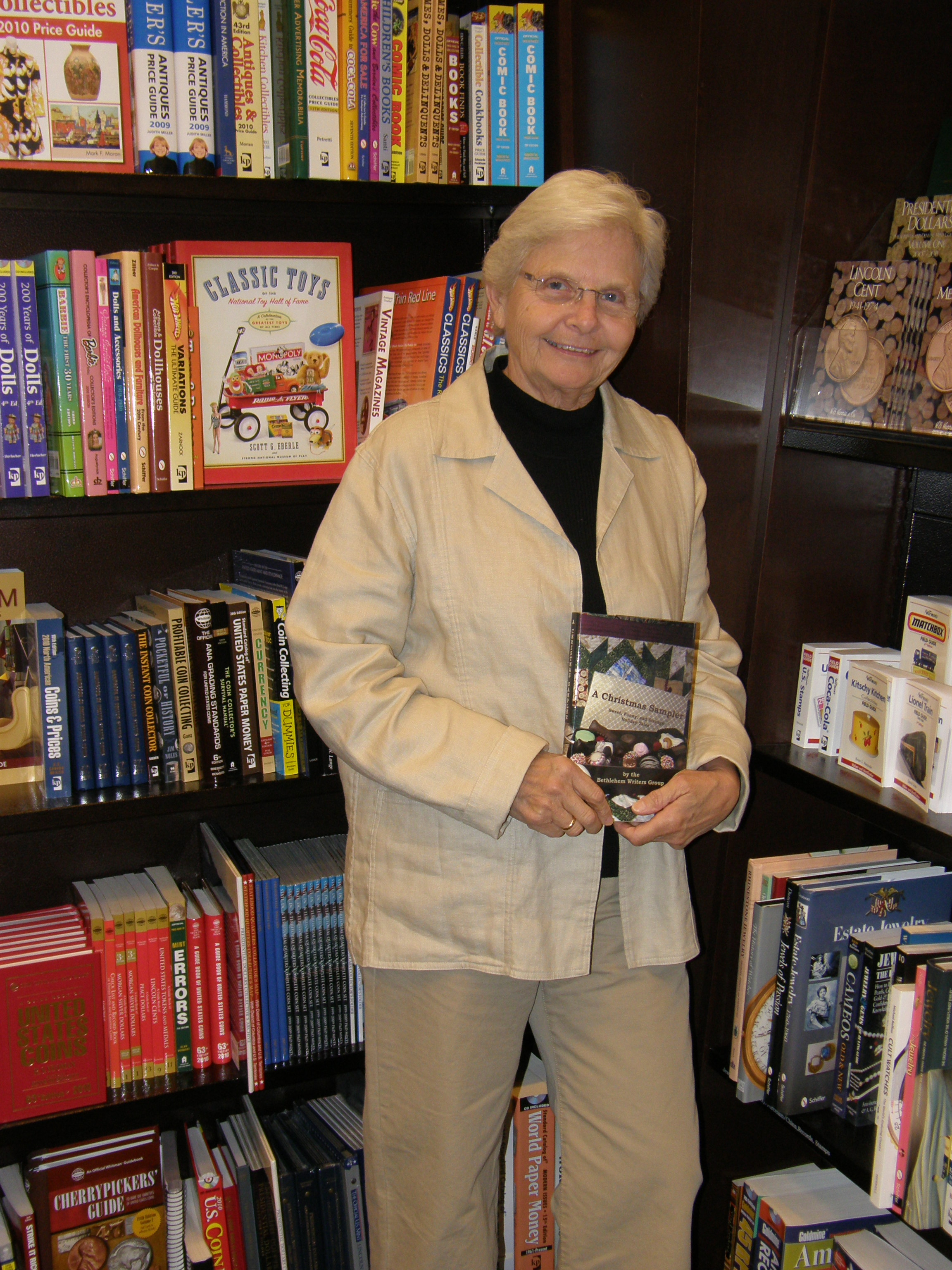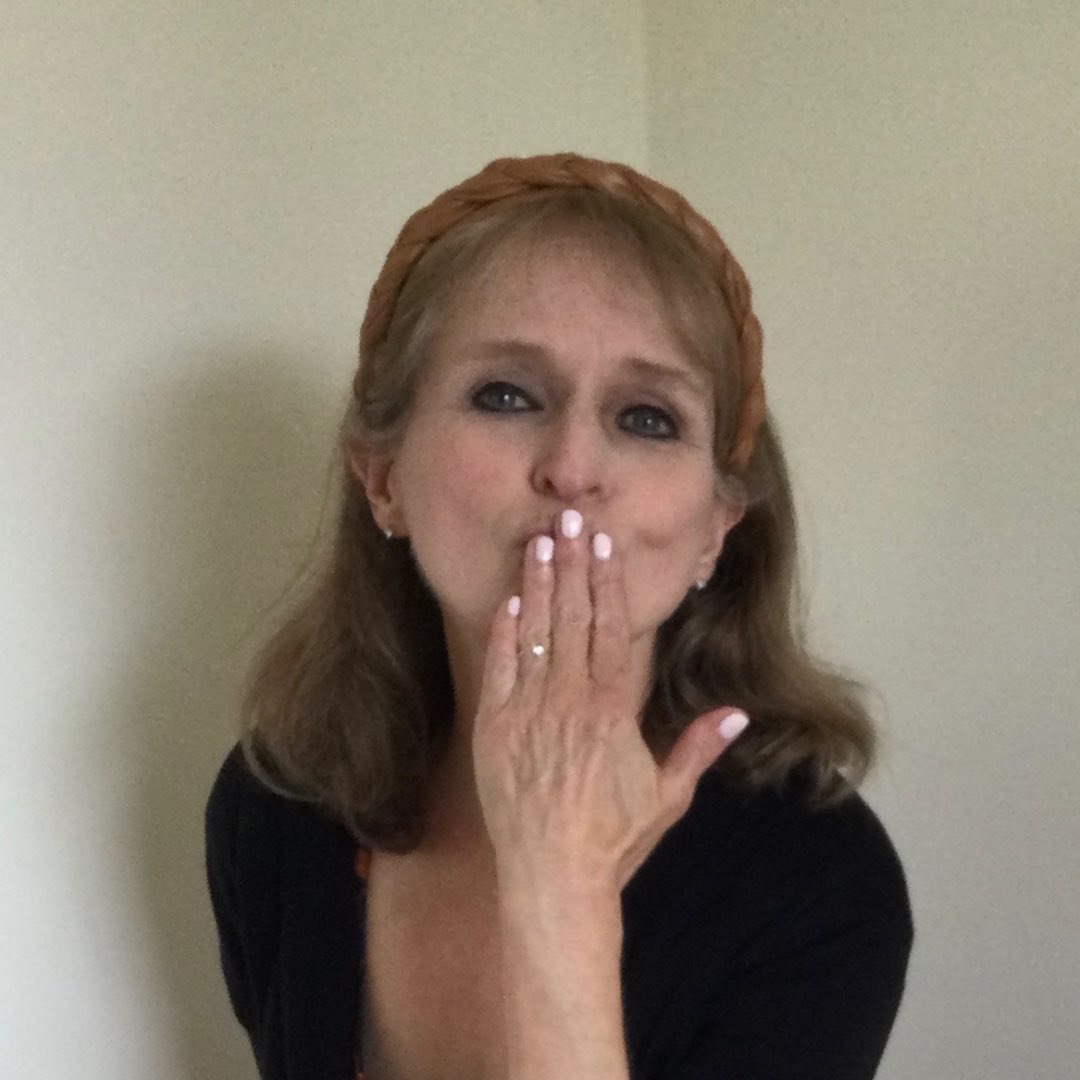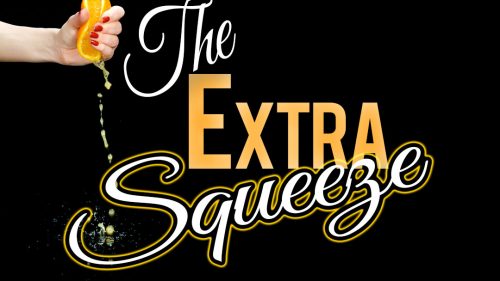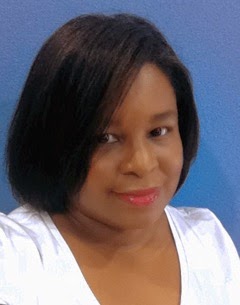Are you ready for your close-up?
October 11, 2007 by A Slice of Orange in category Archives tagged as Confessions of a Podcast Goddess1. Write up your “talking points:” 5 to 7 items related to your subject (see tip #2) your hosts will find interesting and will spark questions from them. Send them to the producer by email or hand deliver them if the taping/air date is short. Also, bring them with you to the interview along with your bio, fact sheet (romance book biz stats, e.g.), and a copy of your book. Better to have duplicate copies than none at all.
2. It’s difficult to book a media interview about a novel, so find a nonfiction “hook” for your interview, then gather stats about your hook and put together tips you can give to the viewer or listener telling them what they can do if they find themselves in that situation.
3. Always think of each interview as being the audition for the next one. Also, when a producer calls you on the phone, THAT is also an audition. Have “sound-bites” memorized to toss off and be aware of your energy level! Excitement is important! Find out if the interview will be available online or if you can get a copy so you can link to it on your website.
4. For TV interviews: Don’t wear a loud print that may strobe on camera and be careful about wearing white or black and loud colors. Stark white, bright yellow, and red tend to reflect light and can be too vivid on camera, while black absorbs too much light. Depending on your coloring, pick out a flattering solid color and work around that with accessories. Don’t wear a lot of jewelry, unless this is your brand. Does the show have a makeup artist who will do your makeup? If not, make sure you wear lipstick so your lips don’t disappear when you speak. False eyelashes can “open up your eyes.” I love them. Also, you may or may not be “behind an anchor desk” so make sure your footwear, skirt length, etc. are appropriate.
5. Practice your talking points at home: your energy level, your voice, tips, etc. You don’t want to sound “rehearsed,” but it’s important to feel confident. As a major radio host once told me, let the host “pimp” your book. Just be you and enjoy yourself! Natural is best.
Rrring….oops, there goes the phone. Gotta answer it. You never know. It could be Oprah calling.
Jina writes erotic adventure for Spice Books. “Get Caught in the Act!”
BBB Awards in Dallas
September 14, 2007 by A Slice of Orange in category Archives tagged as Confessions of a Podcast GoddessEnjoy a video clip of the Book Buyers Best Awards!
0 0 Read moreThe Spicy Contessa
September 12, 2007 by A Slice of Orange in category Archives tagged as Confessions of a Podcast Goddess“Ready, Aim, Podcast!”
August 23, 2007 by A Slice of Orange in category Archives tagged as Confessions of a Podcast Goddess
by Jina Bacarr
Does size matter?
When conference goers at the recent Romance Writers of America convention in Dallas, Texas talked shop, the question “Does size matter?” came up at frequent intervals, especially at the Passionate Ink luncheon (RWA Chapter of erotica authors).
They were comparing megapixels.
Megapixels? What the heck is a megapixel? you ask. With the explosion of digital cameras available on the market, it’s a hot topic and one you can’t ignore when choosing a camera. My first digital camera was a cumbersome Sony 1.3 megapixel, which used 3 ½ inch floppies to record pictures. Imagine stuffing your purse with twenty floppies. Not fun. Now I use a Canon PowerShot SD600 that’s small and light and weighs less than six ounces. I love it.
So what is a megapixel? Here’s my interpretation: Digital camera images are made up of rows of colored dots, something like the Impressionist painting style known as Pointillism. These colored dots make up a canvas or rectangular grid that gives you the whole picture when you look at it from a distance. If you’ve ever stared at an Impressionist painting in a museum, you know what I mean. Up close, it resembles a bunch of colorful dots (black was not included in the Impressionist palette), but viewed from far away it becomes a breathtaking panorama of the artist’s vision.
When you shoot a picture with your digital camera, you are the artist and these same dots are called “pixels.” Each pixel used in a digital camera is either red, green or blue (usually with twice as many green pixels). How many dots or pixels are on a page? Rows and rows, like wildflowers swaying in a field. For example, an picture of you at the RWA conference on a web page might be made up of 500 rows each with 400 pixels in each row. The total number of pixels is 200,000. That’s a lot of wildflowers.
According to experts, these pixels contain a number of different brightness values, usually 256 in screen displays (I prefer 1024) or 4096 in camera images. Because digital camera images are generally larger than this, we talk about their sizes in terms of Megapixels (Mp). 1 Mp = 1 million pixels. So the 200,000 pixel image of the hunk you want to use for the hero in your next book is 0.2 Mp.
Want to make your pictures smaller? This is one time it’s easier to drop a few pounds, I mean, pixels, than it is to gain them back. To increase the pixels or dots, you have to guess the values of the extra pixels you need. Some software programs claim to do this, but like fad diets, they’re not always successful.
So, how many pixels do you need? If you’re buying a camera to view your pictures on your web page, you’ll need fewer pixels–1.3 will suffice. If you want to print them on standard 4×6 prints or make postcards of your latest bookcover, you’ll need at least 1.5-2.3 Mp; for enlargements of 8×10 for your author head shot for your press kit, you’ll need 4-5 Mp.
Although I primarily use my Canon Powershot for my website images and video, I bought a 6 Mp because I wanted the option of changing the size of the images. I usually shoot 1600 by 1200 so I can reduce and crop to a smaller size.
Now if could just figure out how to drop 5 pixels, I mean pounds, with the click of a mouse…
Jina Bacarr spent many hours studying the size of…hmm…pixels in Impressionist paintings for her latest Spice book, NAUGHTY PARIS, a time travel about the raucous and erotic world of 1889 Paris.
0 0 Read moreLocation, location, location…
June 23, 2007 by A Slice of Orange in category Archives tagged as Confessions of a Podcast Goddess Tune in soon for Part 5 of Confessions of a Podcast Goddess, when I’ll be talking about my adventures inVenice, Italy speaking at La Biennale arts festival.
Tune in soon for Part 5 of Confessions of a Podcast Goddess, when I’ll be talking about my adventures inVenice, Italy speaking at La Biennale arts festival.
Jina Bacarr is the author of The Blonde Geisha and coming in July 2007, Naughty Paris. Jina writes erotic adventure for Spice Books. “Get Caught in the Act!”
Affiliate Links
A Slice of Orange is an affiliate with some of the booksellers listed on this website, including Barnes & Nobel, Books A Million, iBooks, Kobo, and Smashwords. This means A Slice of Orange may earn a small advertising fee from sales made through the links used on this website. There are reminders of these affiliate links on the pages for individual books.
Search A Slice of Orange
Find a Column
Archives
Featured Books
THE WOULD BE MOMMY
Babies, babies, everywhere! But can she keep hers?
More info →MISS ADVENTURE
Can a daydreaming city girl find her backbone by going on daring adventures with an adrenaline junkie?
More info →Newsletter
Contributing Authors
Search A Slice of Orange
Find a Column
Archives
Authors in the Bookstore
- A. E. Decker
- A. J. Scudiere
- A.J. Sidransky
- A.M. Roark
- Abby Collette
- Alanna Lucus
- Albert Marrin
- Alice Duncan
- Alina K. Field
- Alison Green Myers
- Andi Lawrencovna
- Andrew C Raiford
- Angela Pryce
- Aviva Vaughn
- Barbara Ankrum
- Bethlehem Writers Group, LLC
- Carol L. Wright
- Celeste Barclay
- Christina Alexandra
- Christopher D. Ochs
- Claire Davon
- Claire Naden
- Courtnee Turner Hoyle
- Courtney Annicchiarico
- D. Lieber
- Daniel V. Meier Jr.
- Debra Dixon
- Debra H. Goldstein
- Debra Holland
- Dee Ann Palmer
- Denise M. Colby
- Diane Benefiel
- Diane Sismour
- Dianna Sinovic
- DT Krippene
- E.B. Dawson
- Emilie Dallaire
- Emily Brightwell
- Emily PW Murphy
- Fae Rowen
- Faith L. Justice
- Frances Amati
- Geralyn Corcillo
- Glynnis Campbell
- Greg Jolley
- H. O. Charles
- Jaclyn Roché
- Jacqueline Diamond
- Janet Lynn and Will Zeilinger
- Jaya Mehta
- Jeannine Atkins
- Jeff Baird
- Jenna Barwin
- Jenne Kern
- Jennifer D. Bokal
- Jennifer Lyon
- Jerome W. McFadden
- Jill Piscitello
- Jina Bacarr
- Jo A. Hiestand
- Jodi Bogert
- Jolina Petersheim
- Jonathan Maberry
- Joy Allyson
- Judy Duarte
- Justin Murphy
- Justine Davis
- Kat Martin
- Kidd Wadsworth
- Kitty Bucholtz
- Kristy Tate
- Larry Deibert
- Larry Hamilton
- Laura Drake
- Laurie Stevens
- Leslie Knowles
- Li-Ying Lundquist
- Linda Carroll-Bradd
- Linda Lappin
- Linda McLaughlin
- Linda O. Johnston
- Lisa Preston
- Lolo Paige
- Loran Holt
- Lynette M. Burrows
- Lyssa Kay Adams
- Madeline Ash
- Margarita Engle
- Marguerite Quantaine
- Marianne H. Donley
- Mary Castillo
- Maureen Klovers
- Megan Haskell
- Melanie Waterbury
- Melisa Rivero
- Melissa Chambers
- Melodie Winawer
- Meriam Wilhelm
- Mikel J. Wilson
- Mindy Neff
- Monica McCabe
- Nancy Brashear
- Neetu Malik
- Nikki Prince
- Once Upon Anthologies
- Paula Gail Benson
- Penny Reid
- Peter J Barbour
- Priscilla Oliveras
- R. H. Kohno
- Rachel Hailey
- Ralph Hieb
- Ramcy Diek
- Ransom Stephens
- Rebecca Forster
- Renae Wrich
- Roxy Matthews
- Ryder Hunte Clancy
- Sally Paradysz
- Sheila Colón-Bagley
- Simone de Muñoz
- Sophie Barnes
- Susan Kaye Quinn
- Susan Lynn Meyer
- Susan Squires
- T. D. Fox
- Tara C. Allred
- Tara Lain
- Tari Lynn Jewett
- Terri Osburn
- Tracy Reed
- Vera Jane Cook
- Vicki Crum
- Writing Something Romantic
Affiliate Links
A Slice of Orange is an affiliate with some of the booksellers listed on this website, including Barnes & Nobel, Books A Million, iBooks, Kobo, and Smashwords. This means A Slice of Orange may earn a small advertising fee from sales made through the links used on this website. There are reminders of these affiliate links on the pages for individual books.
